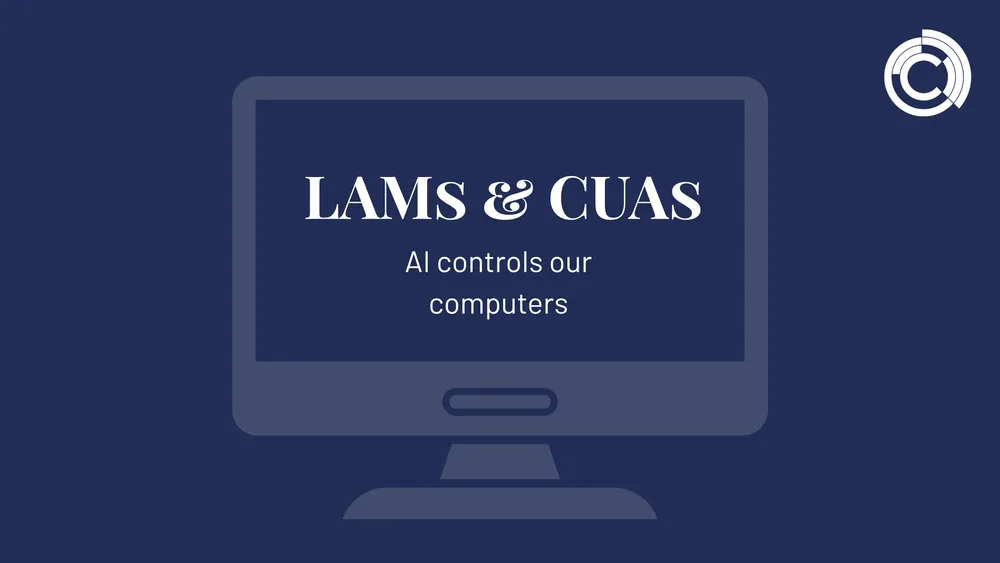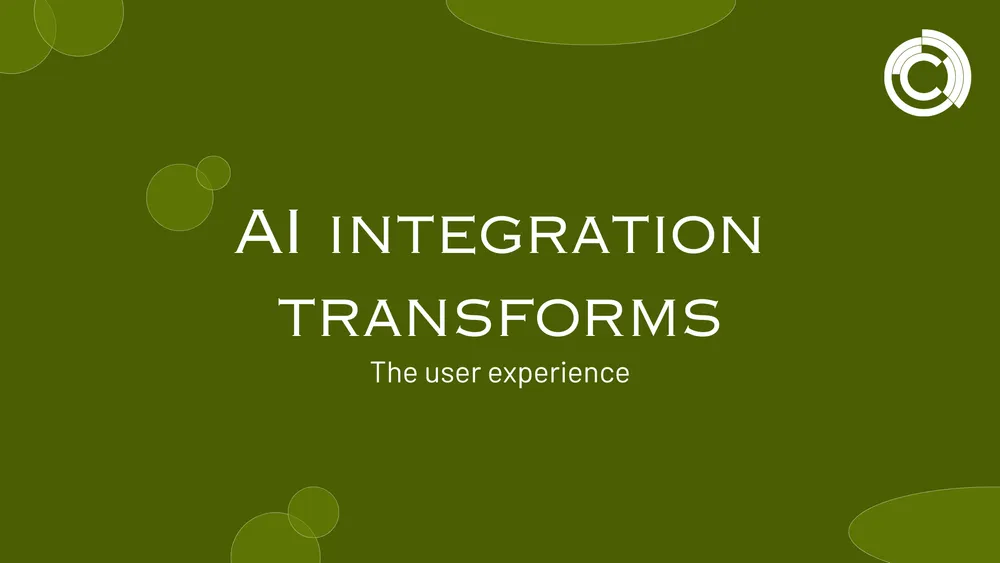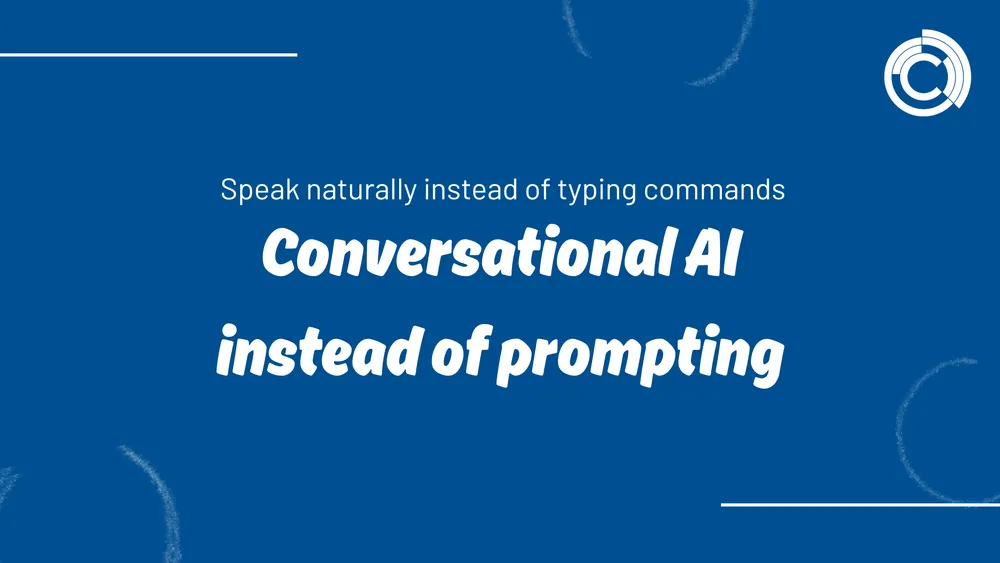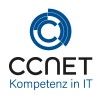
CCNet
Oct 17, 2025 • 2 min read
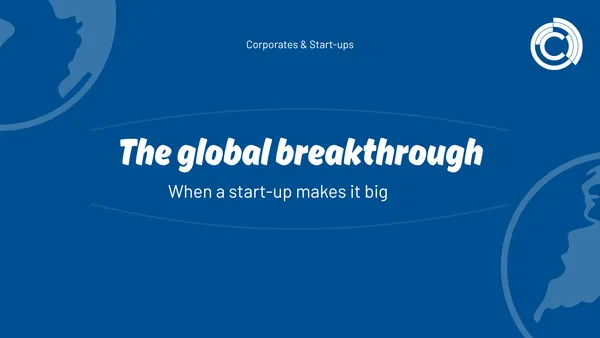
The global breakthrough – When a start-up makes it big
The AI revolution is not only being driven by large tech companies. Increasingly, it is start-ups that are shaking up entire industries with innovative ideas. 2025 shows that small teams with a clear vision can take off globally within a few years and change markets forever. For established companies, this is a warning – and at the same time an opportunity for collaboration.
Why start-ups are setting the pace
Start-ups move faster than corporations. They don't have cumbersome structures, but can radically rethink technologies. This is especially true in the field of artificial intelligence, where the pace of innovation and a willingness to experiment are crucial.
• Agility: Decisions are made faster, iterations take place in days instead of months.
• Focus: Start-ups often concentrate on a niche – and solve a problem there better than anyone else.
• Risk affinity: New approaches are tried out, even if they could fail.
The result: products that are unexpectedly successful and redefine entire markets.
Examples of disruptive successes
Whether in healthcare, fintech, or industry, AI startups are developing solutions that make established providers look outdated. From diagnostic systems that relieve doctors to platforms that optimize supply chains in real time, the range is enormous.
These companies are highly attractive to investors. For corporations, they can quickly become competitors that take away market share.
Opportunities for established companies
For management, the question arises: How do we respond to the pressure to innovate?
• Cooperation instead of confrontation: Partnerships with startups provide access to innovation without having to bear high risks yourself.
• **Investments: ** Strategic investments secure influence and market share.
• Ecosystems: Large companies can integrate start-ups to strengthen their own offerings.
Some corporations have already set up their own venture programs that promote young companies and create synergies at the same time.
Risks and challenges
But not every start-up becomes a “unicorn.” Many fail due to a lack of financing, inadequate scaling, or regulatory hurdles. For companies that want to invest or cooperate, careful selection is therefore crucial.
Cultural differences can also be a stumbling block: Start-ups work quickly and unconventionally, while corporations are often more regulated and process-oriented. This requires translation work and openness on both sides.
Global dynamics
Competition is international. Start-ups from the US, Asia, and increasingly Europe are shaping the innovation landscape. What is particularly exciting is that Europe is developing its own ecosystem, characterized by ethical standards and regulation. For investors and partners, this offers the opportunity to combine innovation with responsibility.
Conclusion: Small players, big impact
The breakthrough of AI start-ups shows that innovation knows no size. Even small teams can conquer global markets if the idea, timing, and implementation are right. For established companies, this means that observation alone is not enough. Those who want to benefit from the momentum must actively seek cooperation, invest, and be open to new ideas.
The future does not belong solely to the tech giants—it will also be shaped by young, courageous innovators.
Further information can be found here: AI Trends 2025
FAQs about start-ups & breakthroughs
Why are start-ups often faster than large corporations?
They are more agile, more focused, and more willing to take risks.
What are some examples of success stories?
From medicine to fintech to industry, start-ups are shaping entire markets.
What opportunities do established companies have?
Cooperation, investment, and their own venture programs.
What are the risks of start-up investments?
High failure rates, scaling problems, and cultural differences.
What role does Europe play?
A separate ecosystem with ethical standards and regulation is emerging.
